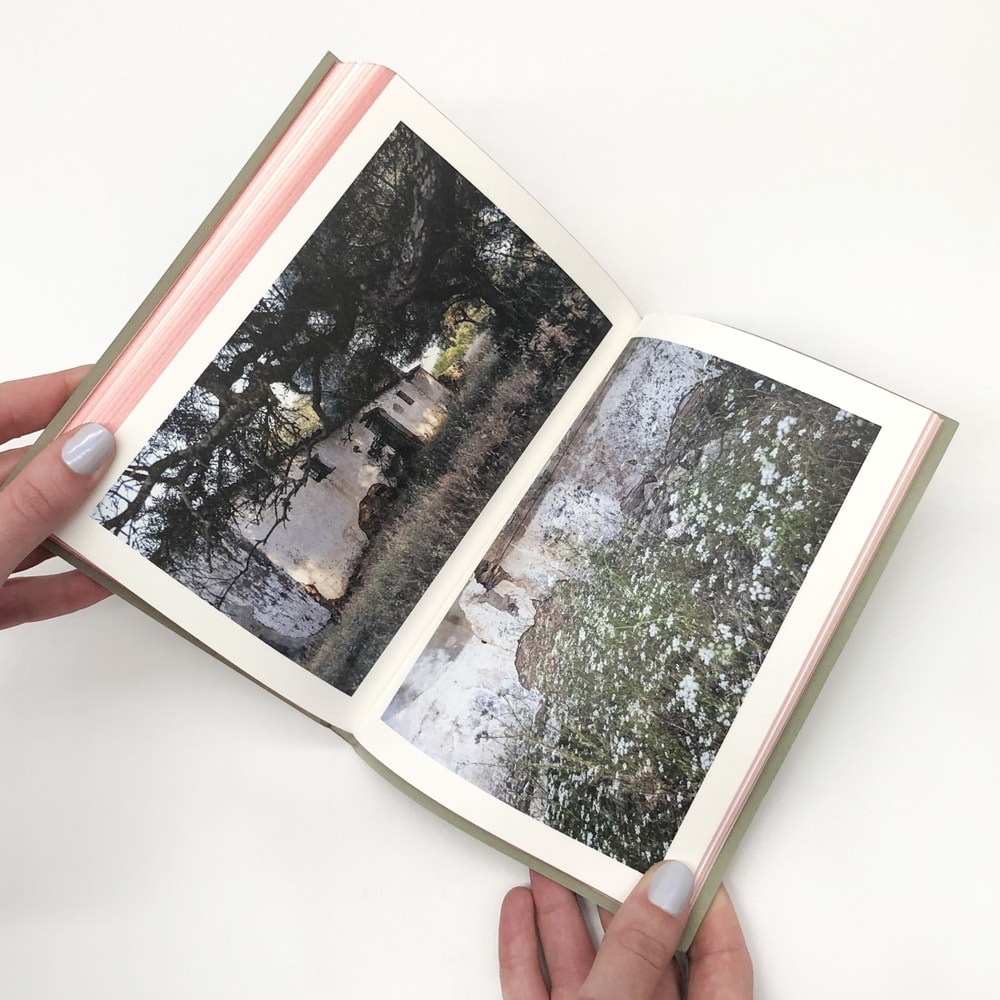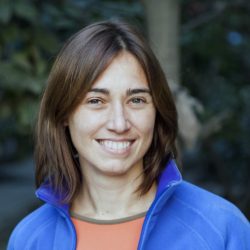
Susana Cabañero

MIFA 2021 Winner, Book (Non-Professional) – “Homebrecino“
She started studying Physics, but after some years doing research she decided to take a turn to do other things and started to study photography. Since then, she has worked as a professional photographer for a while, but now she only does personal projects.
Q: Do you remember the first time you held a camera?
It was during a trip to Turkey. A friend of mine let me an analogic camera and I enjoyed it so much that I could never stop photographing after that.
Q: Tell us a bit more about your winning project and what inspired you to do it?
Hombrecino (Little man) is a project I started in 2006. My grandfather always kept in his purse a list of names of missing people from the war (the Spanish Civil War). They were neighbours and friends from his village, who were killed at the beginning of the war and had been missing ever since. He often read those names to me and tell me the stories of those people and he always ended up crying. I had wanted to tell the story of my grandfather and his list for a very long time. When I was little, at school we were not told much about the war or the many people who were still missing. I felt privileged because I had someone who had lived those events first hand and always had the desire to tell other people about those stories my grandfather was telling me. So one day I started to record him and my Grand-mum on video. I did not know what it would turn out but I went to the places of the war and visit exhumations of people in common graves. I always showed the images to my granddad on my return. When he was 93 and had started to loose his memory, I took him to his village (he had not been there for over 15 years). This trip was unforgettable, and there he met old acquaintances and the missing people from his list. We also learnt about the origin of the list. The work started as a personal investigation and turned to a shared journey with my grandfather. It is a little story about memory, loyalty and a homage to my grandparents and all the people who are still missing.
Q: What type of photos do you like to take in your free time?
I love to travel and photograph people in the streets, the essence of the place. I enjoy interacting and meeting people that way, it makes me feel a little bit a part of that place.
Q: What genre of photography is new to you that you would like to explore?
Artistic and conceptual photography. I think it is really hard to come up with abstract ideas which communicate and are beautiful at the same time. I would also like to explore black and white photography more in depth, I have never done a project entirely in B&W.
Q: Besides a camera, what do you think are the three most important tools of a photographer?
Patience, respect and perseverance. Either taking good photos or building a project needs time and hard work. Also, it is fundamental for me to treat people with respect when I am photographing them.
Q: How do you know when a body of work is completed?
That’s a difficult question. For me it takes a long time to finish a project. I guess it really finishes when you have done all the photos you have planned and realise that everything is there when doing the editing. After that you need to think how you want to show your work, if on an exhibition or a book. That is also part of the process. Hombrecino (Little man) finished when I had the book in my hands.
Q: If it could be anything at all, what would your photography dream project be?
Something that really contributes to changing our perception of the environment and how our actions can be turned against us.
Q: If you could take one last photo in your life, what would it be?
A forest full of life ☺
Q: Who/what is your biggest source of inspiration?
People are my biggest source of inspiration, how they live, what they think and feel and ultimately, why they do the things they do.
Q: What advice would you give to aspiring photographers?
I would tell them to keep taking pictures and show them to people who know about photography. Their feedback will help them identify their strengths and weaknesses, and this will help them grow as photographers.